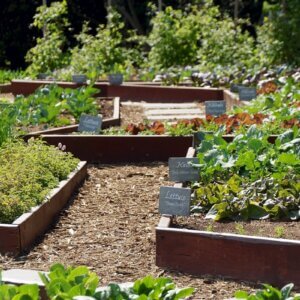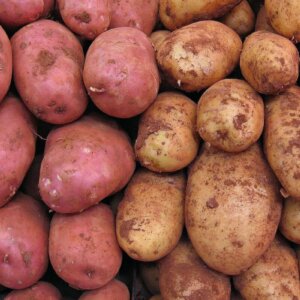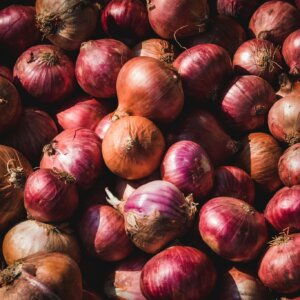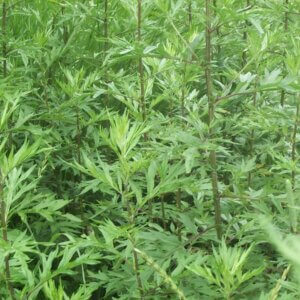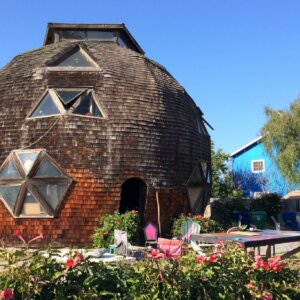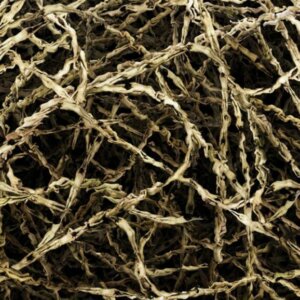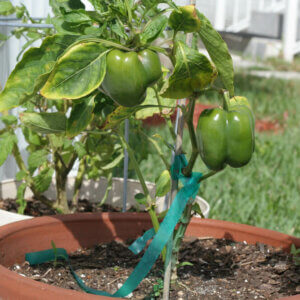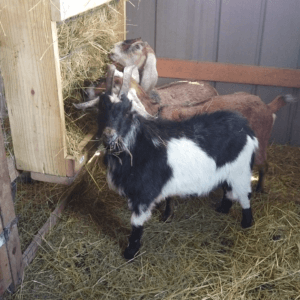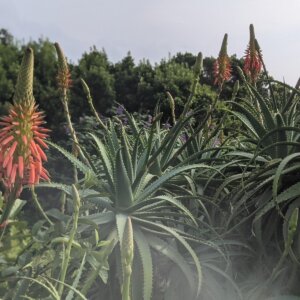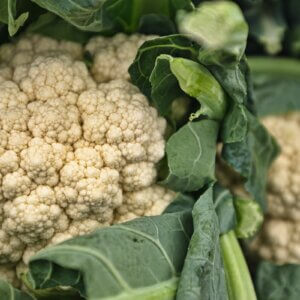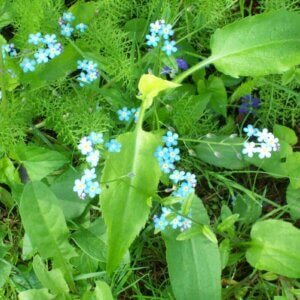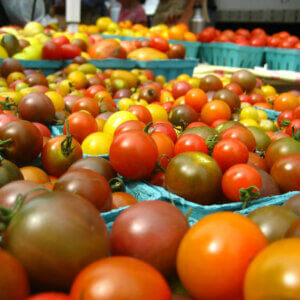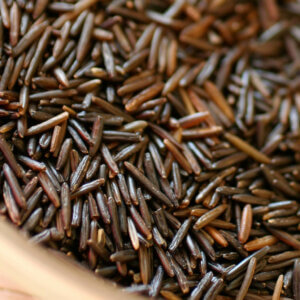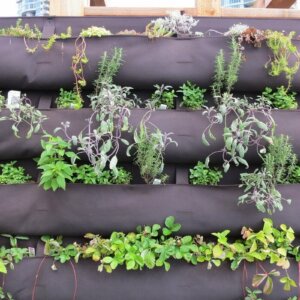Type: Perennial
Region: Eastern United States and Eastern Canada
Used For: Food, Medicine
Walk through a forested area in early spring, and you’ll experience several wonderful sensations. The squelchy, living feeling of mud beneath your boots, the sweet, somewhat spicy, aroma of decomposing leaves, the breath of the breeze that, finally, is not bitter cold, choruses of newly returned birds filling the air, and most deliciously, thick, verdant carpets of ramp leaves filling little bottoms and low-lying areas in the woods.
Foraging For Ramps
Ramps love to grow in rich, moist soil. They often carpet the floodplains of rivers and the lower slopes of hardwood forests—particularly where sugar maple is found. My favorite place to harvest ramps is within hearing distance of a large river—they cover the banks so thickly that the ground can’t be seen. As a spring ephemeral, they last as long as the sunlight can hit the forest floor directly—as soon as the surrounding trees start to leaf out for the summer and block the light, the ramps disappear.
They often form dense clusters of glossy, green leaves. The leaves are broad, flat, and quite wide—nothing like the leaves of their onion cousins. Usually, there are two to three leaves per bulb. The leaf, bulb, and seeds are all edible, but it is often the white bulb that people seem to focus on—a real shame because the leaves are just as delicious!
Due to overharvesting, ramps are protected in several states and provinces. They are a slow-growing perennial, often requiring several years to get to seed-bearing maturity. If an overzealous forager picks them too early and too abundantly, the adolescent plants will never have the chance to sow the next year’s harvest, and the ramp patch will sadly disappear.
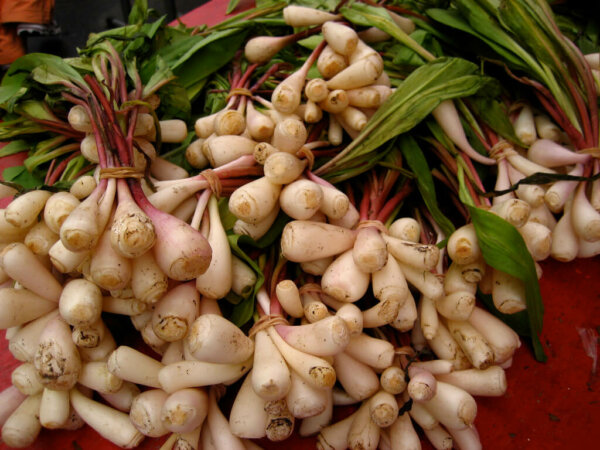
So though they are incredibly tasty, there is no need to be greedy and dig up an entire area. Not only will you risk not being able to eat them all and have some go to waste, but you will have destroyed that area for any future ramp harvesters, both animal and human.
Therefore, if you are blessed enough to have legal access to areas with wild ramps, I suggest three guidelines to follow: First, consider only harvesting the leaves; one leaf per plant from plants that have at least two leavers. They are just as tasty as the bulb, add a beautiful, bright green color to any dish, and allow the bulb to stay alive, rooted, and able to grow again next year.
Secondly, follow the Forager’s Rule of Thirds. When you find a bed of ramps, take no more than a third of what you see. Leave at least a third for wildlife to enjoy and the other third to allow the plant to repopulate itself next spring.
Finally, only harvest the largest ramps you see in each bed—this allows the young plants to have a chance to mature and produce seeds.
You may be able to buy wild-harvested ramps at a high-end grocery store in your area this April and May. Be aware, however, that their popularity and short availability often results in these tasty bulbs being sold at over $20 a pound.
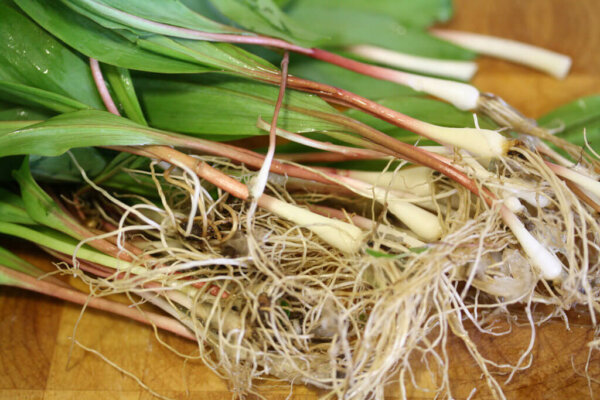
Additionally, there’s no way of knowing if the in-demand plant was harvested in a sustainable, respectful way or not, so I highly recommend taking the time to gather the plant yourself, if it is at all possible. It’s a wonderful way to enjoy the new spring weather, and it has a tasty payoff, too.
As a safety aside, to the quick glance, ramps also bear a striking resemblance to lily-of-the-valley, a beautiful, yet quite toxic flower that also enjoys populating forested groves. Thankfully, a quick smell test will help you discern between the plants if you feel any doubt—ramps have an unmistakable garlicky, onion smell. The aroma is so strong that you can often smell the ramps before you see them!
Uses Of Ramps
These short-lived, yet mouth-watering plants are also called wild leeks, giving you an idea of how they taste. A member of the allium family and a relative of the estimable onion and garlic, they can be used in exactly the same way you might use onions, chives, or garlic, raw or cooked. And like onions and garlic, ramps are high in vitamins A and E and support healthy skin and teeth, as well as a vigorous immune system.
Several eastern Native American nations also use ramps as medicine. Notably, the early emerging plants are eaten as a spring tonic, a welcome vitamin, mineral and flavor boost after a long winter. Fried and seasoned with salt and pepper, there are fewer tastier ways to get the body out of its winter malaise and ready to enjoy the warm weather.
There are many Appalachian traditions using the plant as well. In much the same way as the eastern indigenous nations, the tradition of celebrating the ramp harvest was a way to welcome the coming of Spring through finally eating something fresh!
Ramp Recipes
No need to go to a fancy-pants restaurant and drop half your paycheck to enjoy a bite of these yummy alliums. If you are able to get your hands on these lovely leaves and bulbs, you can enjoy their fragrant, garlicky flavor in many different ways.
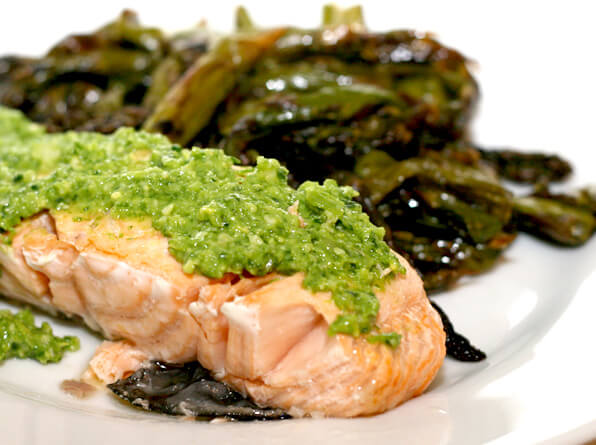
One of my favorite, quick ways to use them is to briefly saute the leaves in olive oil, season them with salt and pepper, and use them as a topping on pasta Alfredo. The deep green leaves can really jazz up an otherwise pale dish!
Try a flavorful Greek horta—substitute the garlic and leeks with ramps in this recipe (or keep the garlic in, if you’re a crazy Italian like me and just can’t get enough of that flavor).
Maybe a ramp pesto would tickle your tastebuds. This would be a fantastic spread over some toasted Italian bread.
These ramp seed capers would certainly be an interesting flavor note to add to pasta or dressings.
Hungry for more? Check out this website for even more recipes on how to use this briefly available gift. Enjoy!
Resources
- Nutritional Benefits of Ramps, Livestrong
- Herbal Healer: What is Ramp?, Get Healthy
- Ramps, Organic Authority
- Ramps – sources, health benefits, nutrients, uses and constituents at NaturalPedia.com, Veggie News
- Allium tricoccum – Aiton, Plants For A Future
- Ramp up your heart health with wild leeks, Chatelaine
- Everything You’ve Always Wanted to Know About Ramps, Eater
- Forager’s Harvest
Featured image courtesy of Edsel Little on Flickr (Creative Commons)



